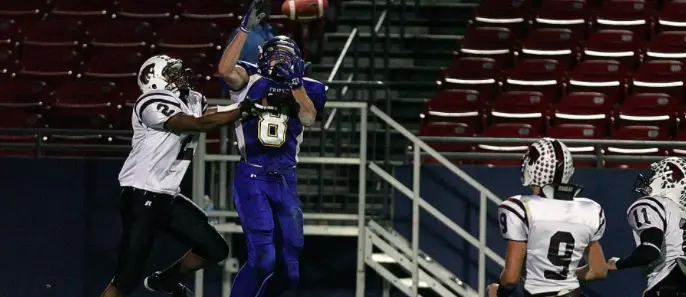

All three of those kickers achieved that feat in the 1977-1978 college seasons. The NCAA record is 67 yards held by 3 kickers, Russell Erxleben of Texas, Steve Little of Arkansas and Joe Williams of Wichita State University. The longest successful field goal in the NFL was 66 yards and was completed by Justin Tucker in 2021. The longest field goal in recorded football history was 69 yards, set by collegiate kicker Ove Johansson, who was born in Sweden, in a 1976 Abilene Christian University football game against East Texas State University (now Texas A&M Commerce) at Shotwell Stadium in Abilene. Thus, teams who face a fourth down between the 35 and 40 yard lines (closer in a crosswind) often will go for the more risky fourth down conversion rather than risk either the touchback or the missed field goal. However, punting too close to the end zone increases the risk of a touchback, which nullifies most of the effect of the punt.

If a kicker is outside of field goal range, teams will generally punt. Most of the longer-range field goals in NCAA history were kicked prior to the elimination of tees the use of tees allowed the ball to be elevated out of the field's grass or turf, reducing friction in the opening milliseconds of the kick and allowing for longer kicks. The NCAA banned the use of kicking tees in 1989. In high school football, players are permitted to kick off special flat kicking tees up to two inches high. (Modern artificial turf, which has similar depth and characteristics to natural grass, does not have an appreciable effect on kicking range.) From the 1970s through the 1990s, artificial turf improved a kicker's field goal range by having less friction during the kick one of the reasons Scott Norwood missed the game-winning kick in Super Bowl XXV was that he kicked on artificial turf in Buffalo and struggled with longer field goals on natural grass throughout his career, and Super Bowl XXV was played on a grass surface. Altitude also affects kicking range both the longest punt in NFL history and three of the four longest field goals in NFL history took place in Denver, Colorado, which is more than 4,000 feet (1,200 m) higher in elevation than the next-highest NFL city (the Phoenix suburb of Glendale, Arizona). Heavy snowfall can greatly reduce field goal range, both by weighing the ball down and by making it more difficult to get a secure spotting of the ball or sufficient momentum in the run-up. Weather conditions, particularly wind, also have a significant impact on field goal range kicking with the wind at the kicker's back significantly increases field goal range, while kicking against the wind or with a stiff crosswind will greatly reduce the kicker's effective range, while generally there is no advantage beyond assured targeting of a kick if a game is being played indoors. For most NFL kickers, the 35-yard line is typically the limit of their field goal range. While some weaker placekickers may have trouble kicking field goals longer than 30 yards (making field goals from beyond the 13 difficult), others may consistently make 50-yarders, making it practical to kick from beyond the 33. The exact field goal range varies for each team, depending on the ability of the team's placekicker.


 0 kommentar(er)
0 kommentar(er)
